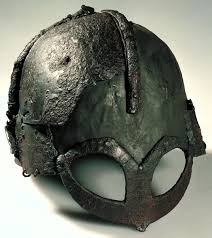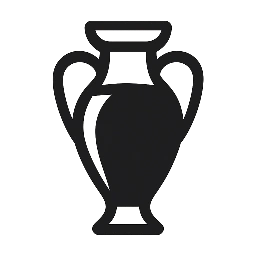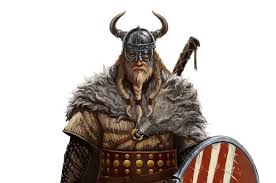Your basket is currently empty!
Introduction
When you think of Vikings, the first image that often comes to mind is a fierce warrior wearing a helmet adorned with large horns. This iconic look is everywhere — from movies and cartoons to sports team logos and Halloween costumes. But did Vikings really wear horned helmets? The truth might surprise you.
Origins of the Horned Helmet Myth
The idea of Vikings wearing helmets with horns did not originate from the Viking Age itself. In fact, there is no archaeological evidence of such helmets ever existing. The myth largely stems from 19th-century romanticism and artistic interpretations.
One key source of this myth was the costume design for Richard Wagner’s operas, where horned helmets were used to dramatize the appearance of Norse warriors. These theatrical costumes captured the public imagination and became entrenched in popular culture.
What Did Viking Helmets Really Look Like?

Authentic Viking helmets were practical, designed for protection rather than decoration. The few helmets discovered by archaeologists, such as the famous Gjermundbu helmet from Norway, are made of iron with a rounded cap and a simple nose guard.
These helmets did not have horns, wings, or any other extravagant adornments. Their focus was on functionality in battle, not theatrical flair.
Why Do We Still Believe the Horned Helmet Myth?
The myth persists because horned helmets are visually striking and symbolize the barbaric, wild nature often attributed to Vikings. They are easy to recognize and have become a shorthand for Viking imagery in media and merchandising.
Unfortunately, this stereotype oversimplifies and distorts Viking history, overshadowing the rich culture, advanced craftsmanship, and complex society of the Norse people.
Historical Evidence Against Horned Helmets
- Archaeological Finds: No horned Viking helmets have been found in Viking Age burial sites or settlements.
- Contemporary Descriptions: Written records from the Viking Age and early medieval Europe do not mention horned helmets worn by Vikings.
- Functionality: Horns on helmets would be impractical in combat, making it easier for opponents to grab or disarm the wearer.
The Role of Vikings in Popular Culture
Thanks to Hollywood films, cartoons, and sports branding, the horned helmet remains a popular symbol. It has become part of a broader Viking mythology that blends fact and fiction.
While entertaining, it is important to separate myth from reality to truly appreciate Viking history and achievements.
Conclusion
Vikings did not wear helmets with horns. This myth is a product of 19th-century artistic imagination and modern popular culture, not historical fact. Real Viking helmets were sturdy, practical, and horn-free. Understanding this helps us see Vikings as the skilled, resourceful warriors and traders they truly were.

